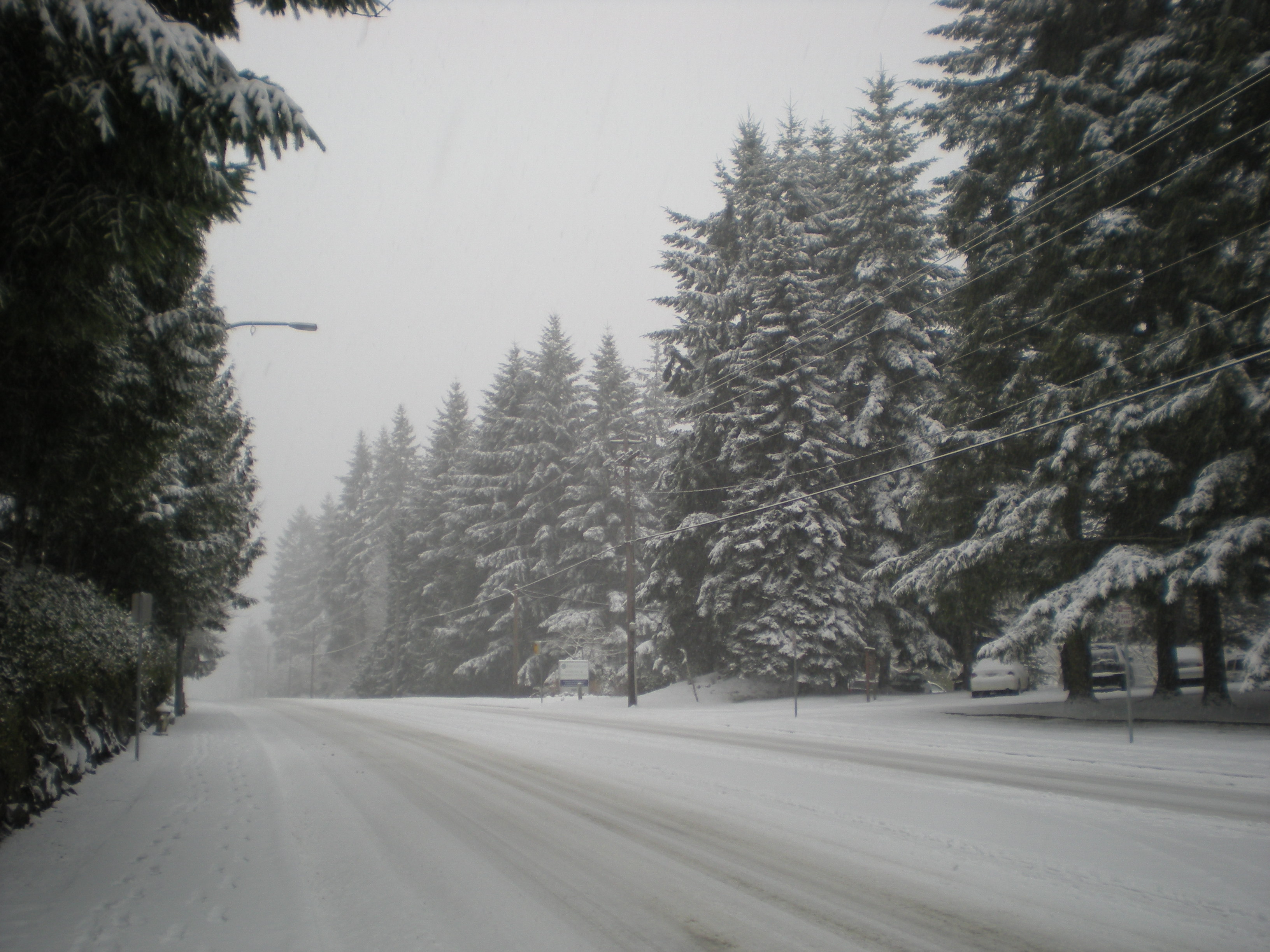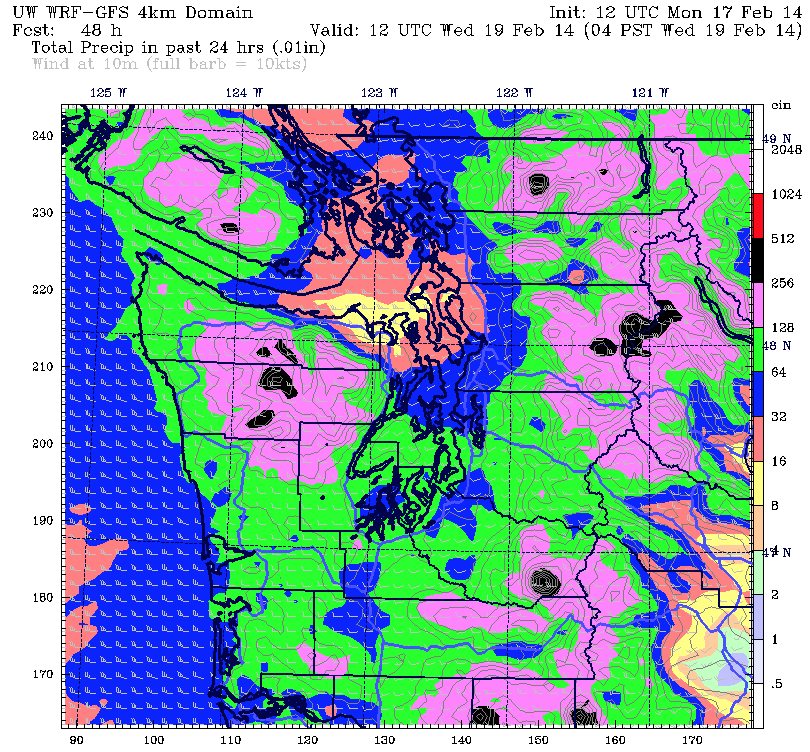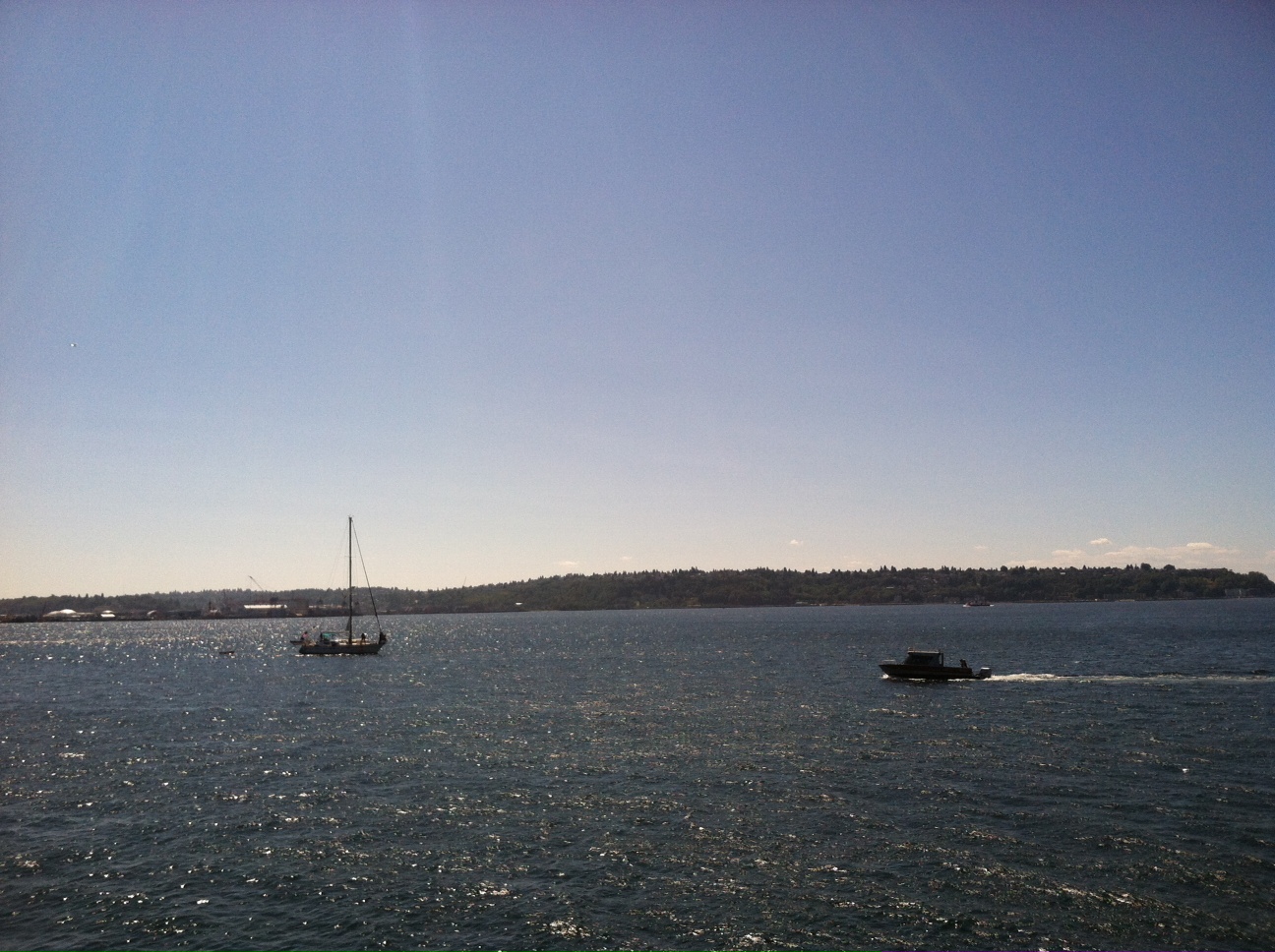Yesterday’s high at Sea-Tac topped out at a mere 44 degrees, ten degrees below the average high for the date. This sparks an intriguing question: Is there any long-term significance in recording such a cold day in early November? In other words, if it’s ten below normal and winter hasn’t even started, does this mean we’re in for an arctic blast by Thanksgiving again?
The obvious answer, of course, is a flat-out “no”—one cold day in early November does not a brutal winter make. The same, of course, goes for the opposite–a really warm day in November means nothing in regards to how snowy the coming winter will be…right?
Believe it or not, there is some evidence to the contrary. Since weather readings began being taken at Seattle-Tacoma International Airport in the mid 1940s, the three warmest November days have been Nov. 3, 2010 (74 degrees), Nov. 4, 1949 (74 degrees) and Nov. 2, 1970 (72 degrees). We all know what happened a mere 19 days after last November’s record-setting day: The legendary “flash freeze” of Nov. 22 engulfed the region, with temperatures plummeting below the freezing mark during the evening commute as strong northerly winds blew a record-setting (for the date) 2.5 inches of snow down the Sound. Likewise, November 1949’s chart-topping high of 74 degrees was followed by one the harshest winters ever recorded at Sea-Tac: 63.6 inches of snow fell during the winter of 1949-50, with 57 inches of it coming during January.
Lastly, the winter of 1970-71 saw 16 inches of the white stuff, significantly above Sea-Tac’s average of 11 inches (and more than twice as much as nearby Boeing Field’s 6.5-inch average). While this does not necessarily mean that we should be rooting for 70-degree warmth in the coming weeks—as the correlation between 70-plus days and snowy winters comes from a small sample size—it does raise an interesting question: Since Mother Nature tends to balance things out in the long run, does a well above average day in November mean that a well below normal day in January is more likely, or vice versa, in order to maintain the law of averages?
If that’s the case, bring back the 70s.







